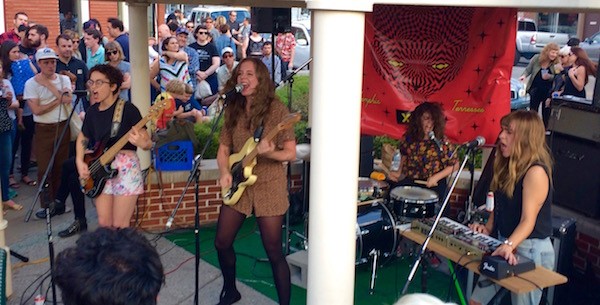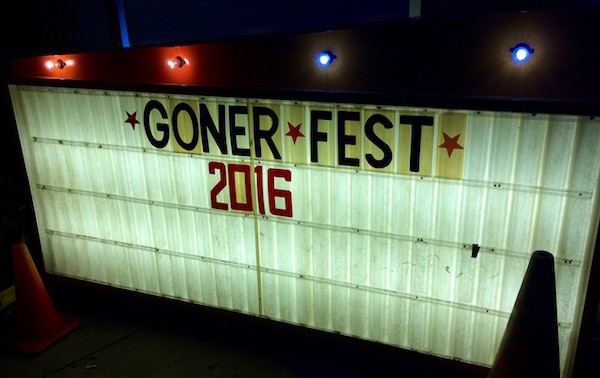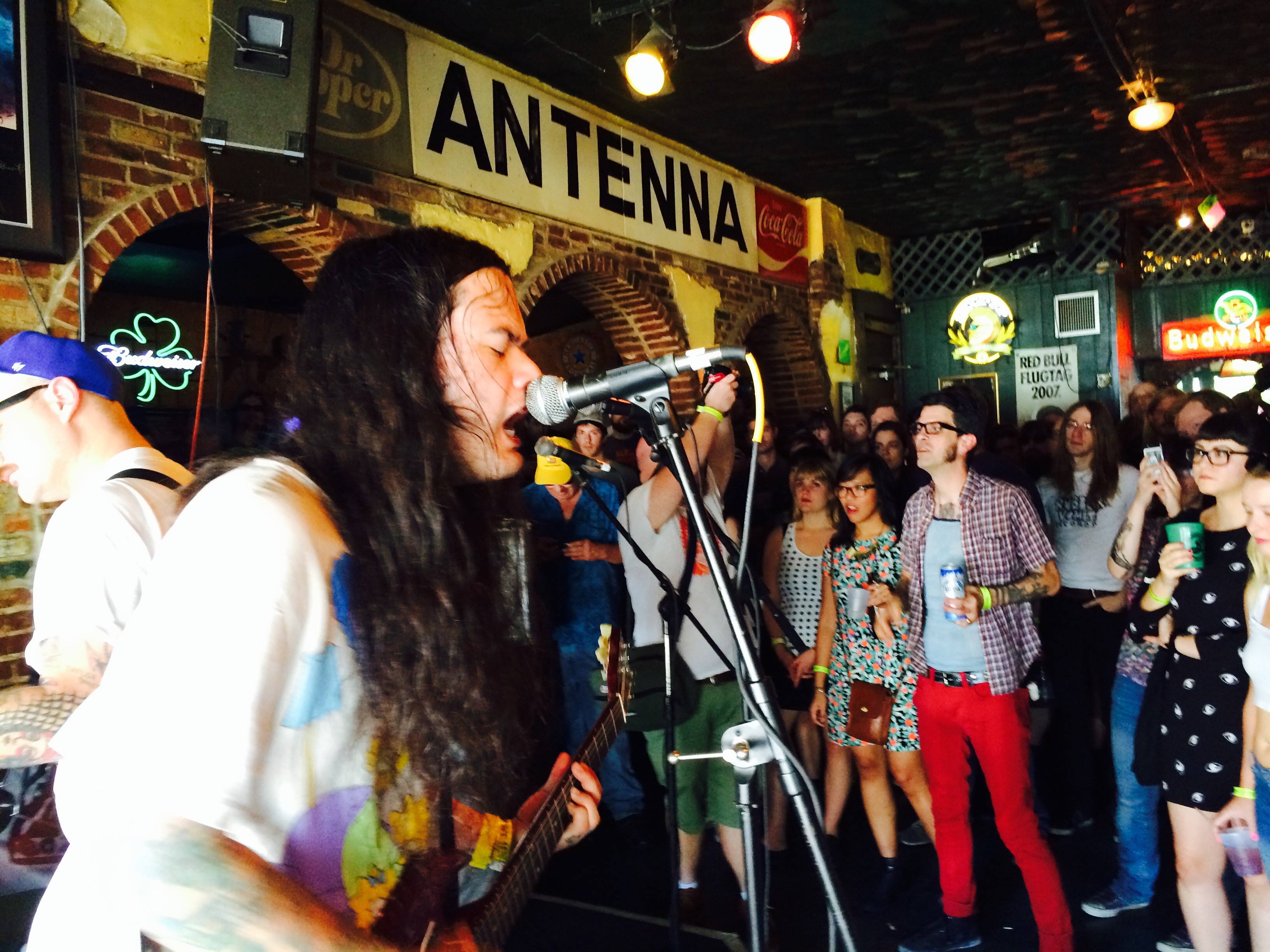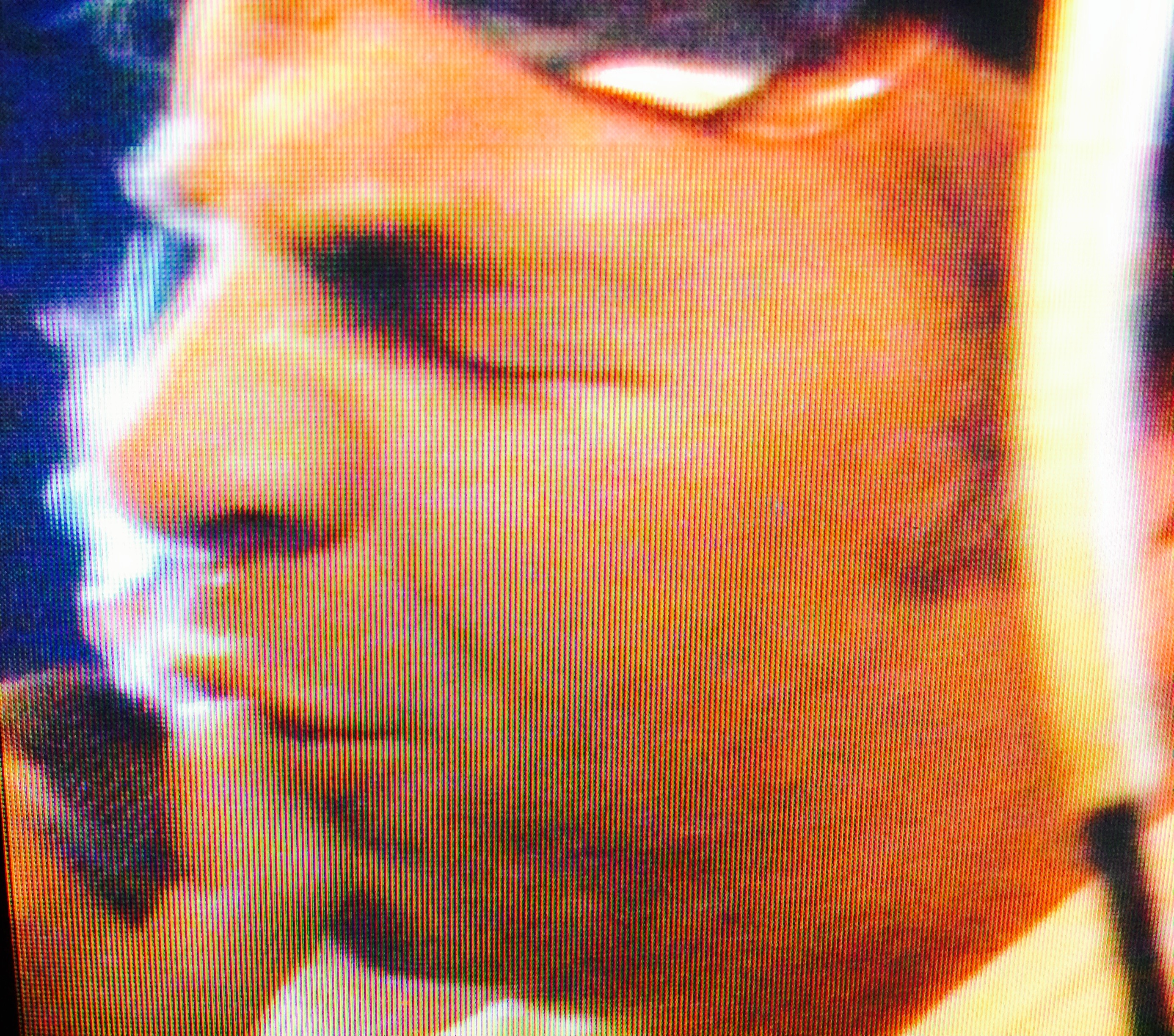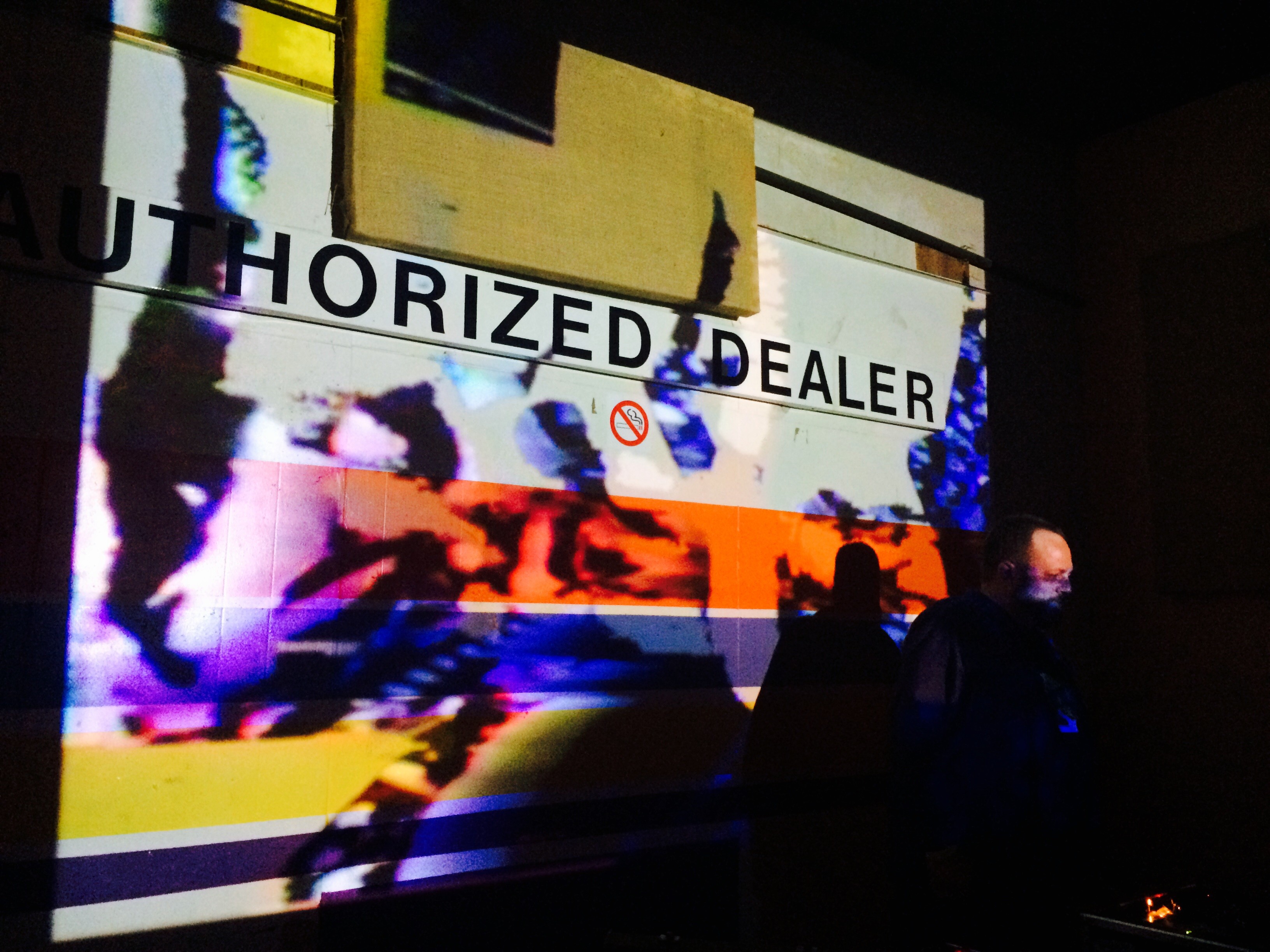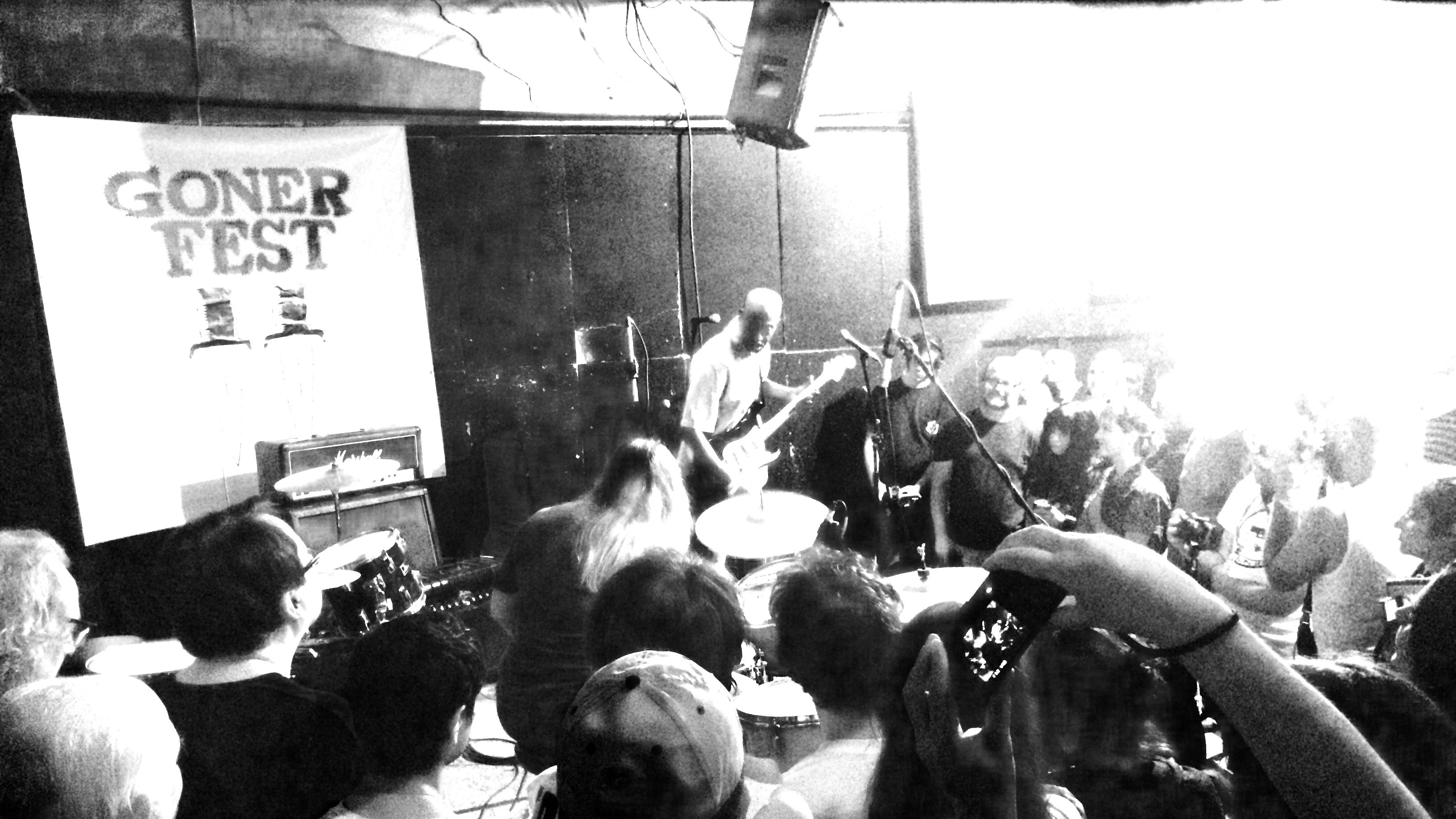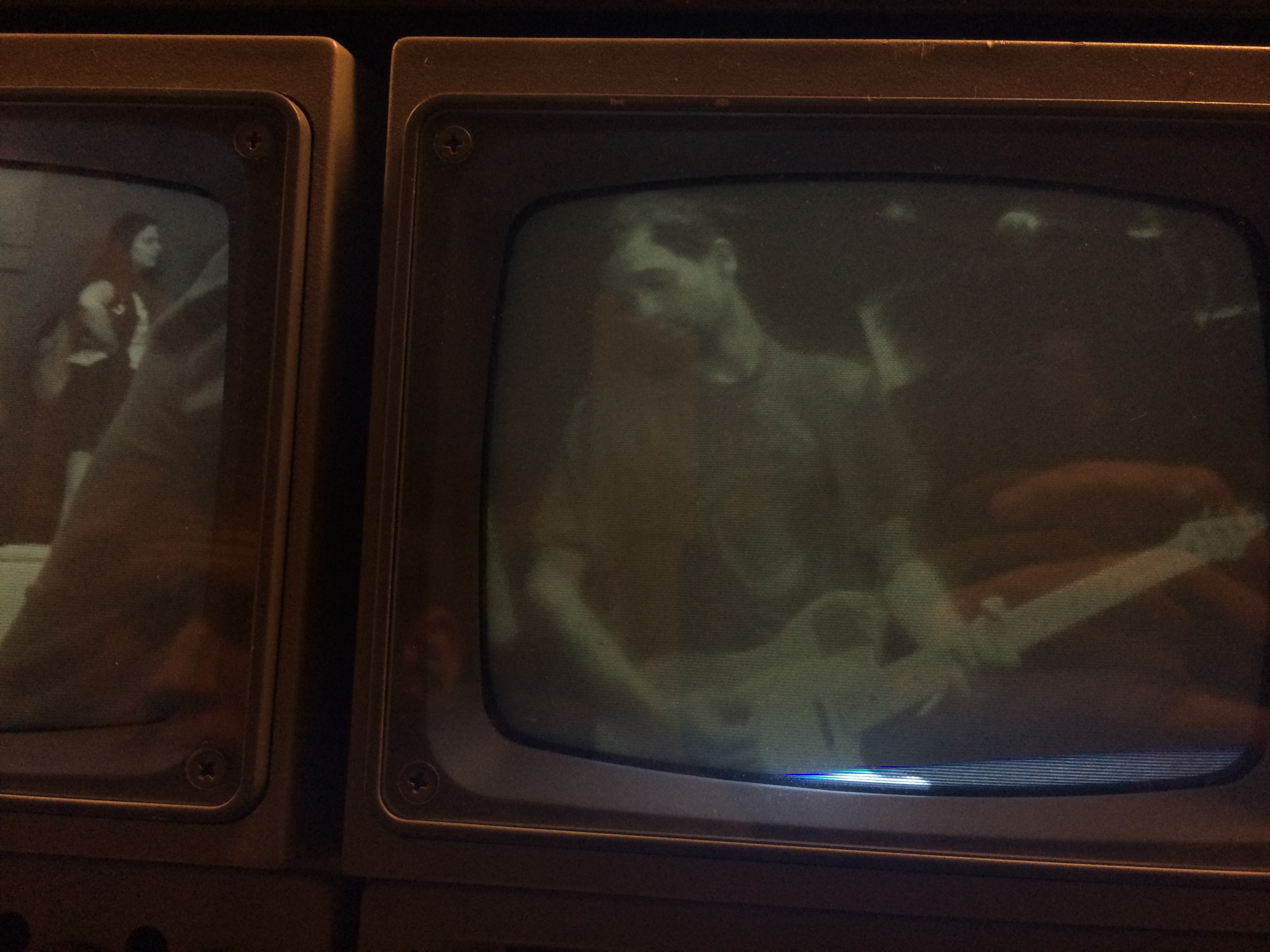 Alex Greene
Alex Greene
Andria Lisle, Vaneese Thomas, and Carla Thomas
Although Ponderosa Stomp, the New Orleans-based love letter to lesser-known soul, blues, rockabilly, and garage artists, was cut short by the fizzled Hurricane Nate, the festival was hopping last Friday. Many of the performers and audience alike stayed at the Ace Hotel, where the daytime hours were filled with panel discussions and interviews as part of the event’s Music History Conference. While vinyl junkies perused the record bins in a side room, and that evening’s bands rehearsed in a closed space near the lobby, hundreds more filed through the hotel’s main event hall to hear some history.
For those eager to hear personal tales of the music world, it was an embarrassment of riches. An early highlight was the panel dedicated to the late Billy Miller, visionary co-founder of Norton records. The label has released many Memphis treasures, from archival re-issues of rockabilly and Big Star to more recent works by the Reigning Sound. Miller passed away last year at the young age of 62, making this memorial panel an emotional one. His wife and partner, Miriam Linna, said that she was especially proud of his last labor of love, a collection of lost Dion tracks from 1965. The panel was moderated by the unflappable Michael Hurtt, of Royal Pendletons fame, also a musicologist in his own right.
Another Memphis panel featured Reggie Young, guitarist extraordinaire with Hi Records and American Studios. Young was not in the best health, but certainly of sound mind and body as he exchanged comments with moderator Red Kelly on the landmark singles and albums of his career, beginning with his first encounter with Jack Clement and Bill Black at the Memphis “Home for Incurables” in the 1950s. The success of the Bill Black Combo (who were known to wear “BBC” suit coats) led to tours with the Beatles, Kinks, and Yardbirds. When Kelly cued up James Carr’s “The Dark End of the Street,” featuring Young’s guitar work, the crowd gave the record a standing ovation. Similarly, upon hearing just the guitar break in Joe Tex’s “Skinny Legs and All,” the crowd once again rose to applaud. Young also recalled taking a lunch break while recording with King Curtis. At the local diner, Curtis picked up a menu and began riffing on menu items in musical terms, including some “boiling Memphis guitar.” The group loved it so much, they skipped lunch and returned to the studio to cut “Memphis Soul Stew.”
Another fine panel tied to Memphis was Andria Lisle’s discussion with Carla and Vaneese Thomas. They recounted their early love of the Teen Town Singers, and the pride they felt when Dave Clark, being dubbed “The World’s Oldest Teenager” at an award ceremony, turned to kneel before Rufus Thomas as he looked on, saying that honor could only go to him. Carla also recalled writing songs just for fun as a teen, as her father recorded on a home reel-to-reel tape deck. One of these was a little tune called “Gee Whiz (Look at his Eyes),” the recording of which Rufus took down to Stax on a whim, launching her career.
When dusk settled on the Crescent City, festival goers migrated over to the Orpheum to see that evening’s full roster of bands. It all kicked off with Billy Boy Arnold, who delivered a soft-spoken “I Wish You Would,” along with other blues. A swamp pop revue followed, featuring T.K. Hulin and G.G. Shinn, and the latter’s “Harlem Shuffle” was galvanizing. Some fine, funky soul followed with Warren Storm and Willie West, but it was Winfield Parker who really brought the house down with his voice, an under-appreciated treasure of the soul genre.
It should be noted that a perplexing audio mix plagued much of the night, but every performer rose above it with aplomb. Barbara Lynn, a Stomp regular by now, was in fine voice and demonstrated some sublime guitar work. Archie Bell whipped the house into a frenzy, both with his “Tighten Up” and the lesser-known “Strategy,” which had him screaming “I’m soaking wet! I’m soaking wet” at the song’s climactic chorus, perhaps in sympathy with the Gulf Coast being on the receiving end of Hurricane Nate.
Roy Head carried on over the full horn section rave up during “Treat Her Right,” another Stomp favorite. And then came the abrupt shift to cajun stomping music with Doug Kershaw, who was a little out of it, but sang with gusto every word of his hit that he could recall. “He’s got Muskrat hides hanging by the dozens/ Even got a lady Mink, a Muskrat’s cousin/ Got ‘em out drying in the hot, hot sun/ Tomorrow papa’s gonna turn ‘em into money.” It had the floor shaking with knee-slapping joy, and Kershaw’s freestyle fiddling over the chord changes made the band sound almost psychedelic.
But the psychedelia was just beginning. Roky Erickson, who’s reprise of 13th Floor Elevators cuts has been known to be spotty at other festivals, was completely on point this night, and the band supported him mightily. The chemistry in this band led “Dr. Ike,” festival organizer Ira Padnos, to exclaim that it was the closest thing he could imagine to seeing the Elevators themselves.
Finally, show closers the Gories hit the stage fast and furious, building a glorious wall of noise with minimalist, primitivist swagger. Again, the ferocious music rose above the sound mix and the house was gyrating to Mick Collins’ blasts of noise guitar, soaring over the wiry groove of guitarist Dan Kroha and drummer Peggy O’Neill. For those Memphians who have long adulated this stunning band, it was a fine, gritty apotheosis to the night and the perfect melding of R&B, blues, punk, and unclassifiable parts and grease off the garage floor.
Alas, though Nate was a fizzle in the Big Easy the next day, a city curfew forced the cancellation of the second night’s show. Although there was an impromptu concert in the Ace Hotel on Saturday afternoon, this did not include performances by Don Bryant or the Thomas sisters. Indeed, the Bo-Keys, crack soul band of the current era in Memphis music, didn’t even make it to New Orleans due to bad weather or the threat of it.
